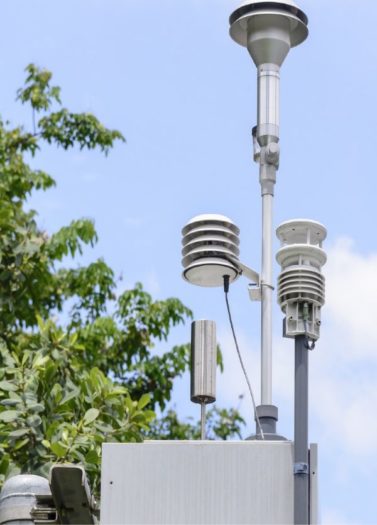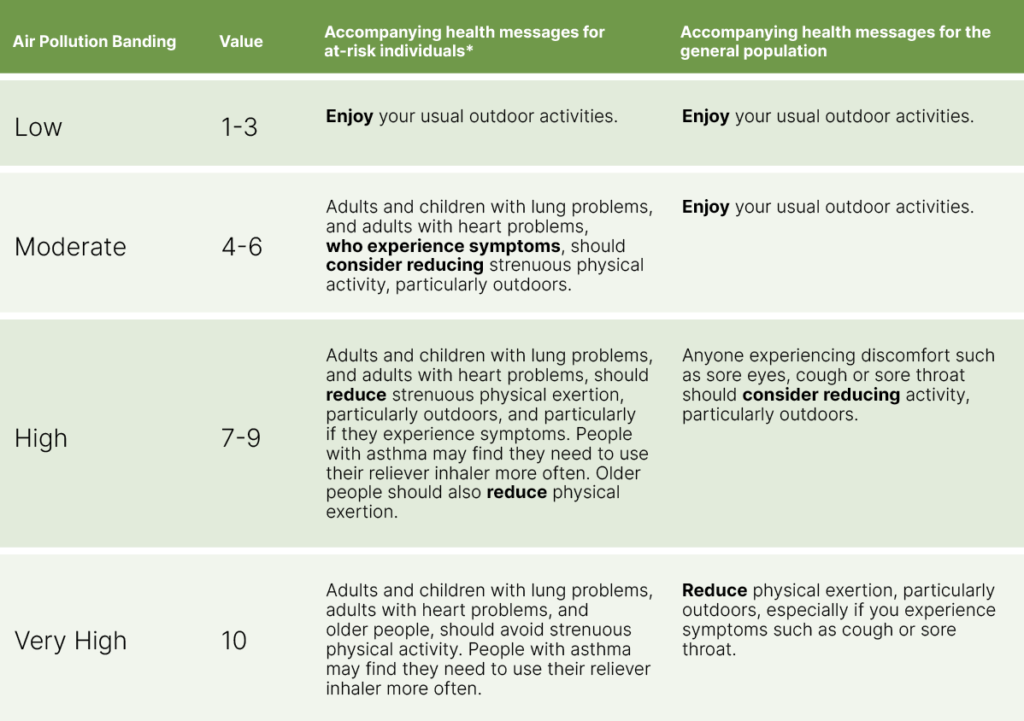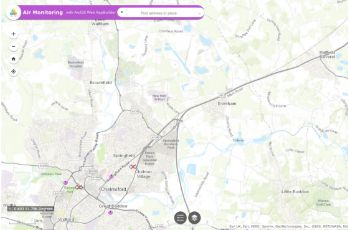What is Air Quality?
Air quality is the term to describe how much pollution is in the air. When air pollution is high, air quality may be described as poor.
When air pollution is low, air quality may be described as good.
Read more
In Chelmsford, the main forms of pollution within the air are:
Nitrogen Dioxide (NO2)
NO2 is a gas that is formed during the process of combustion. Petrol and diesel vehicles all produce NO2 as does energy generation and industrial processes.
Although NO2 may be produced during electricity generation used in electric vehicles, the vehicles don’t emit NO2 and can help to keep local NO2 levels down.
Particulate Matter
Particulate matter is the term for solid particles or liquid droplets found in the air.
These particles put into two categories
PM10 : inhalable particles, with diameters that are 10 micrometers and smaller
PM2.5 : fine inhalable particles, with diameters that are 2.5 micrometers and smaller
Particulate emissions in the UK come from:
- 38% from burning wood and coal in domestic open fires and solid fuel stoves
- 16% from industrial combustion (non-domestic burning)
- 13% from solvent use and industrial processes
- 12% from road transport
Ozone (O3)
Ground level ozone is normally formed when other pollutants, including nitrogen dioxide react in sunlight.
On very sunny days, ozone levels can be high and can irritate and inflame the airways and lungs.






